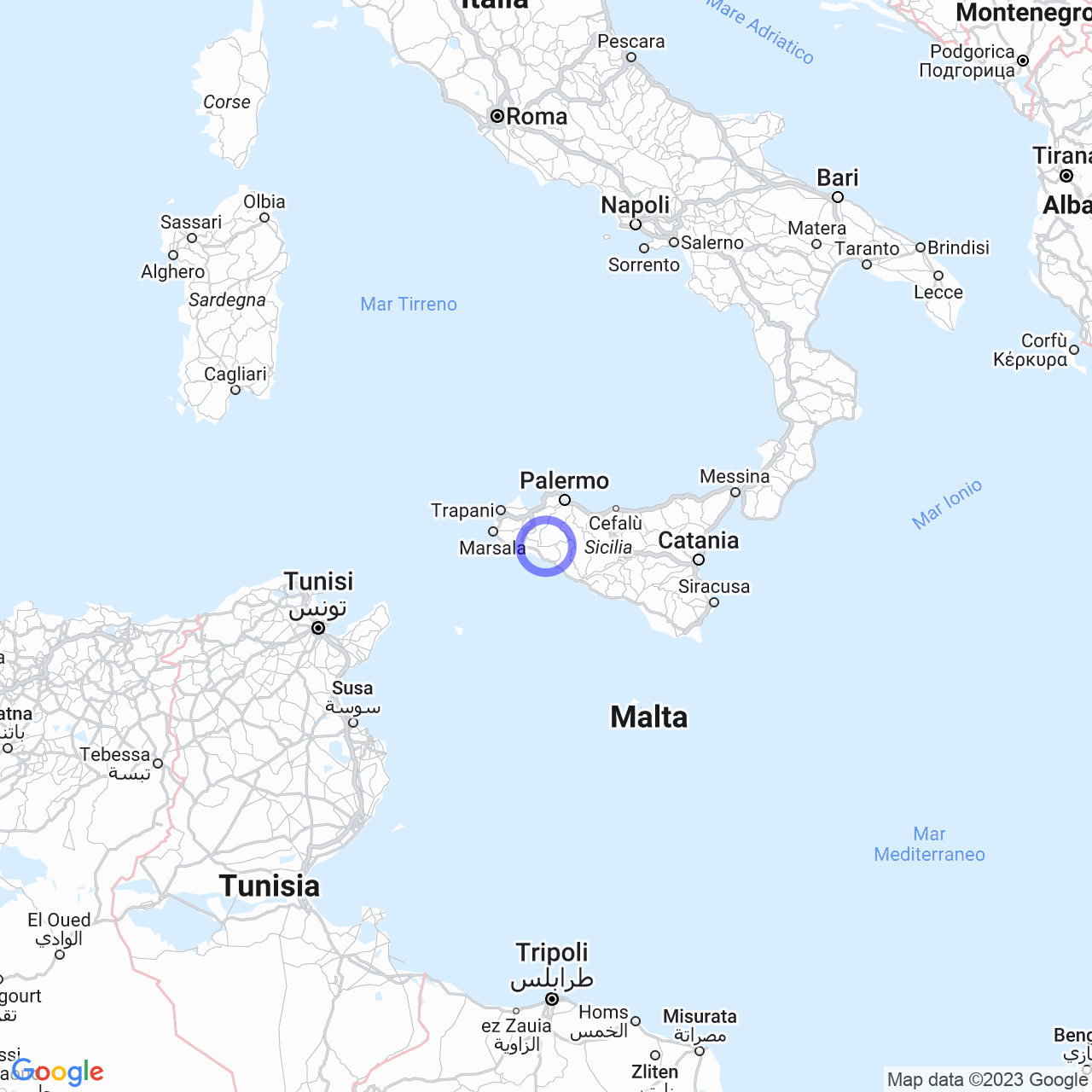Sambuca di Sicilia
Norman period
In 1077, with the Norman conquest of Sicily, Sambuca was incorporated into the Kingdom of Sicily and was part of the lands assigned as a feud to Riccardo Filangieri. In 1282, with the Sicilian Vespers rebellion, Sambuca joined the cause of Sicilian independence and followed its fate.
Spanish period
From 1534, Sambuca became an integral part of the Spanish feudal system. During this period, the town was subjected to a series of devastating earthquakes and was rebuilt in Baroque style.

Modern period
After the Italian unification, which took place in 1861, Sambuca experienced a strong emigration, as many inhabitants left the town in search of a better future. In 1923, the municipality obtained its current name of Sambuca di Sicilia, after being distinguished from Sambuca Pistoiese.
Economy
The economy of Sambuca di Sicilia is mainly based on agriculture, thanks to the fertile land that allows the cultivation of olives, almonds, figs, and vines. Livestock farming of cattle, sheep, and pigs is also present. The production of olive oil is particularly appreciated, along with typical products such as sheep cheese, cunzato bread, cannoli, and Arabesque pastries.
In recent years, tourism has developed significantly, thanks to the beauty of its landscapes and the presence of many historical sites, such as the Castle, the Church of S.S. Annunziata, the Tonnara di Scalo Vecchio, and the archaeological site of Adranone.
Culture
Traditions and folklore
Sambuca di Sicilia is famous for its traditions and folklore, such as the Feast of Madonna dell'Udienza, which takes place on August 16th, the Almond Festival, which is held in August, and the Festival of Folkloric Groups of Sambuca.
Cuisine
The cuisine in Sambuca di Sicilia is varied and tasty, characterized by local products such as olive oil, sheep cheese, and wine. Among the typical dishes, we can mention pasta with sardines "beccafico" style, fried fish, caponata, almond desserts, and cunzato bread.
Places of interest
Among the places of interest in Sambuca di Sicilia, we have the Castle, located on the top of the hill, the Church of S.S. Annunziata, the Ethnoanthropological Museum, and the Tonnara di Scalo Vecchio. Also, the archaeological site of Adranone is very interesting, with the remains of the Sicanian city of Adranon.
Conclusions
Sambuca di Sicilia, a town with ancient origins and rooted traditions, is a fascinating place full of beauties to discover. Among the hills and woods, the town offers the opportunity to taste the best local products such as olive oil, sheep cheese, and almond. But not only that: the presence of important historical and archaeological sites, together with the folklore and traditions of the town, make Sambuca a unique and magical place, capable of offering unforgettable emotions to anyone who decides to visit it.
